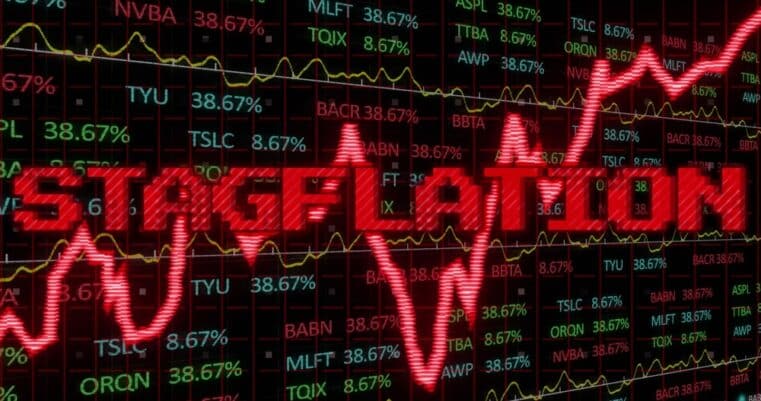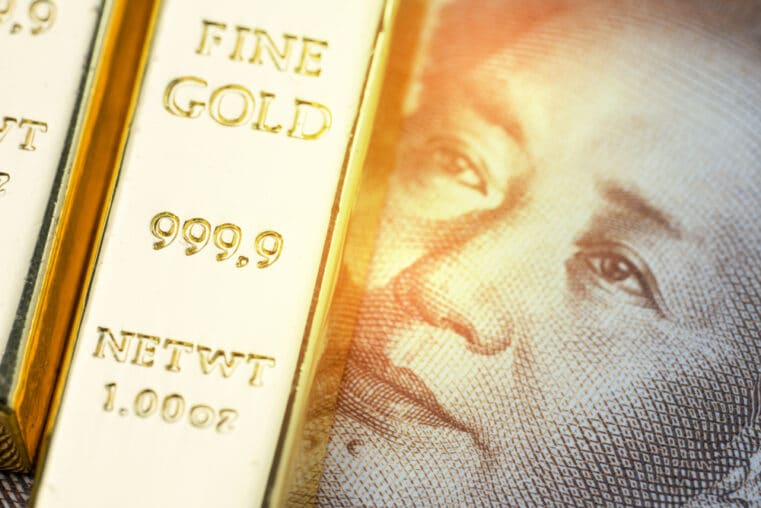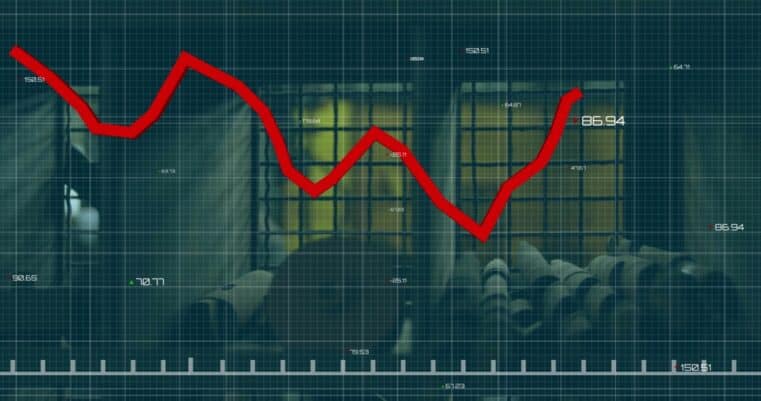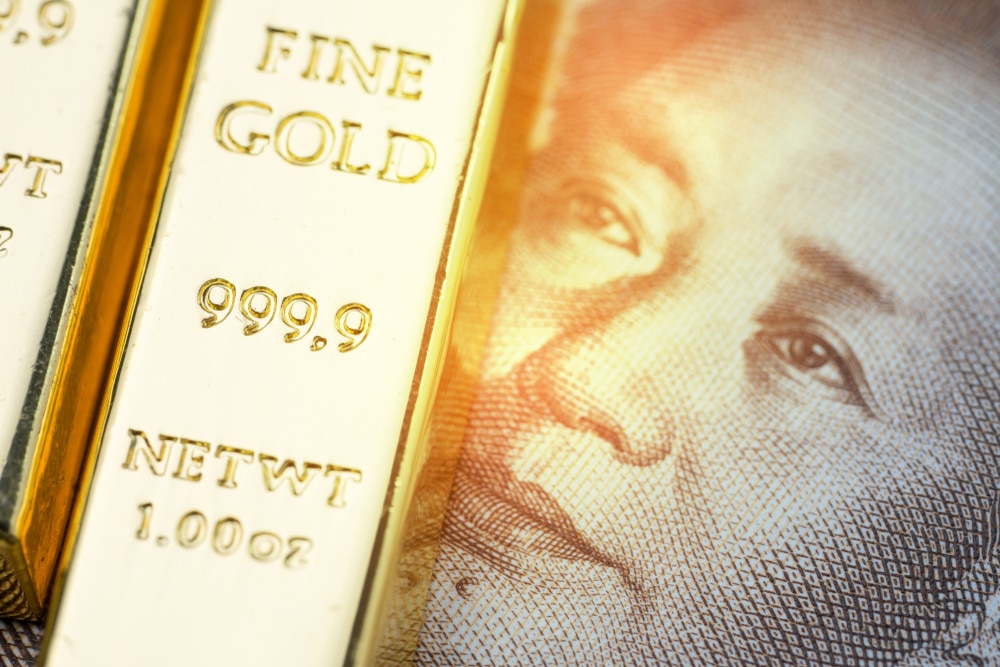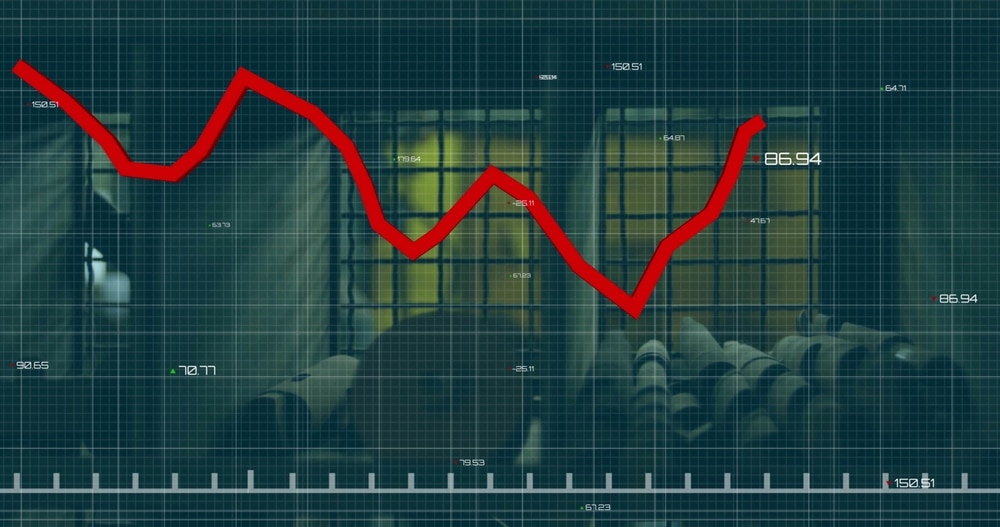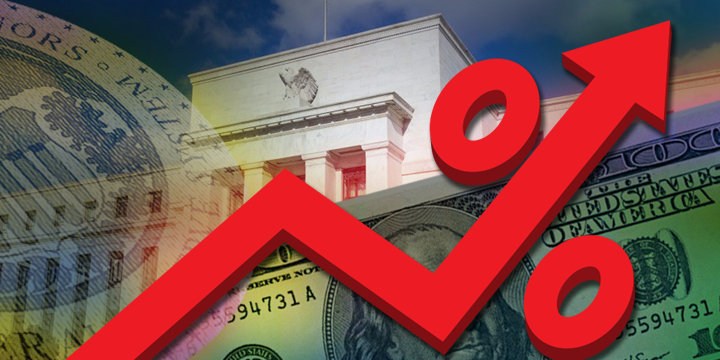
America Here's a Taste of "Market Tightening"
The market slide is a clear sign of US Market Tightening and although it may have hurt a lot of investors, the decline itself is rather small when viewed from a big-picture perspective.
In other words, these declines might not be signalling the end of the party yet. Or again, it just might.
Regardless of what the market does from here on, what’s important is whether or not you are prepared for whatever comes next.
If you’ve been following us over the last year or so, these declines should come as no surprise, as we’ve been anticipating this for some time.
Once again, no “expert” can pinpoint when a market is going to collapse. But almost any prudent investor can follow the build-up leading to levels at which a potential decline might take place.
It’s not a matter of “if/then,” it’s a matter of “when (it happens), then (what will you do?).”
A death spiral may not be in the cards, so to speak, as markets have been known to recuperate and even skyrocket prior to a major bear. But nobody can confirm it until it has already happened; at which point, investors who are unprepared will be too late to react.
Let’s see what other financial experts are saying.
Blackstone President and COO, Tony James thnks that stocks could fall as much as 20% this year. His rationale for this forecast stems from his interpretation of our current bull market’s relation to the GOP tax cuts:
- "Every historic norm says that stocks are very, very fully valued."
- "If you’re worried about interest rates and inflation, the stimulus could be the thing that tips us over into a rate spike.”
Guggenheim Partners CIO Scott Minerd isn’t entirely pessimistic yet. Although JPMorgan released a statement a few months ago stating that the markets are fully loaded, Minerd doesn’t quite believe that retail investors are “all-in.” He believes that the stock market has more upside to go. As Minerd told Barron’s:
"I’m a bull for the next year or so..."There is another 15% of upside in the stock market from 2017’s close, but after a 300% run [from the 2009 lows], the question is how to time the exit. What are the signs?...Now, individual investors aren’t in the market yet, and that’s why I’m still bullish...Historically, once the yield curve goes flat, stock returns for the next 12 months approximate zero. Then, a year later, you get the recession and bear market."
Goldman Sachs, according to Bloomberg, feels positive about this year’s forecast but urges clients to begin hedging their exposures.
Citing “stronger economic growth, higher commodity prices, and a weaker U.S. dollar,” they believe that the S&P can push toward the 3,000 range. Despite their optimism, however, Goldman Sachs is prepared for the market to move either way as they urge their clients to “consider using calls to maintain exposure to S&P 500 upside while limiting downside risk,” or for “investors who are already long cash equities...consider purchasing puts as protection.”

Goldman Sachs favors stronger economic growth, higher commodity prices and a weaker U.S. dollar
Ray Dalio, founder of Bridgewater Associates sees the recent decline as an early effect of market tightening. In his words:
“Over the past week or so, we had reports of strong growth and rising wages (good things!), which sent bonds and stocks down (bad for most investors) due to justifiable fears that the Fed will tighten faster than is priced in the credit markets.
The surge in growth and wages came because of both the fiscal stimulation and the rekindling of animal spirits, thrusting the economy into late-cycle capacity constraints, which is leading to the expectations of faster Fed tightening.
In other words, fiscal stimulation is hitting the gas, which is driving the economy forward into the capacity constraints, which is triggering interest rate increases that are hitting the brakes, first in the markets and later in the economy.
This confluence of circumstances will make it difficult for the Fed to get monetary policy exactly right.
This is classic late-cycle behavior (when it’s difficult to get monetary policy exactly right, which leads to recessions), though it is more exaggerated because the durations of assets are uniquely long, which means that when interest rates are low, prices of assets are more sensitive to changes in interest rates than when interest rates are high.”
What is certain is that the recent market declines that appear “large,” are in fact quite “small” in the larger scheme of things. In other words, they may be nothing other than “minor corrections.”
In addition to this, and if Guggenheim’s Scott Minerd is correct, there may still be a lot of cash on the sidelines, a factor that can significantly extend the current bull, pushing it toward record-shattering levels (in other words, exceeding the tech boom, the longest bull market in US history since 1900).
It makes you wonder if most investors are afraid of missing out on potential profits or afraid of losing their gains.
More importantly, if we are in the final stages of a bull market (and that is a big IF)...how are you preparing yourself for the eventual rise or fall of the markets?



